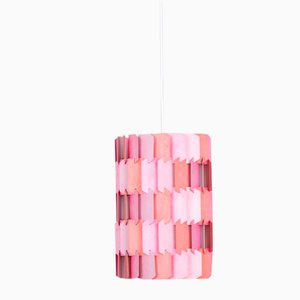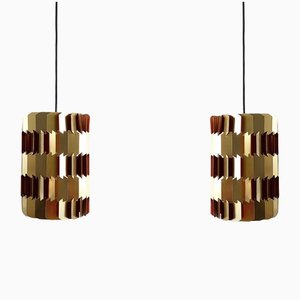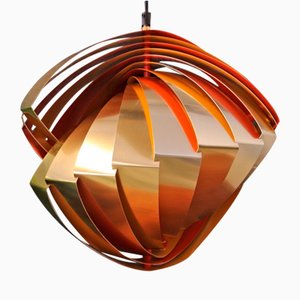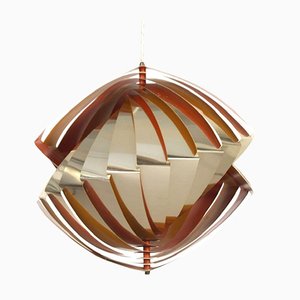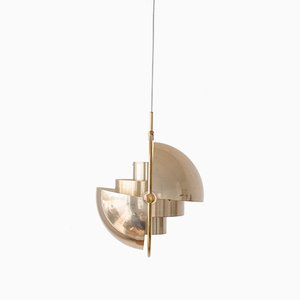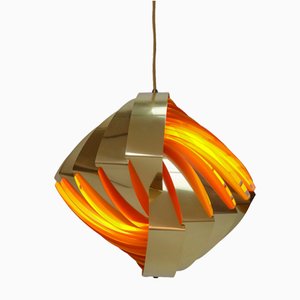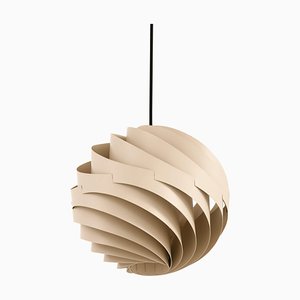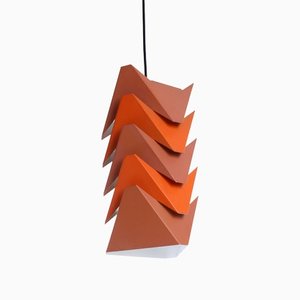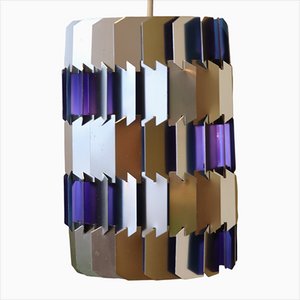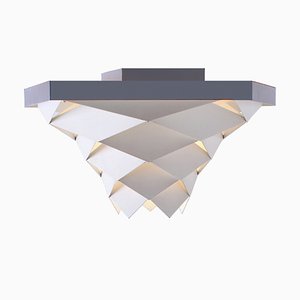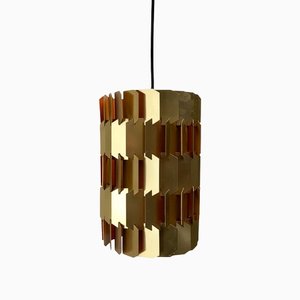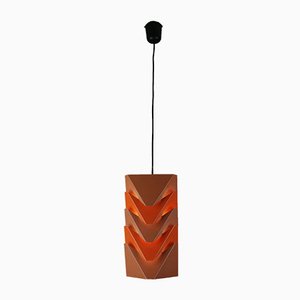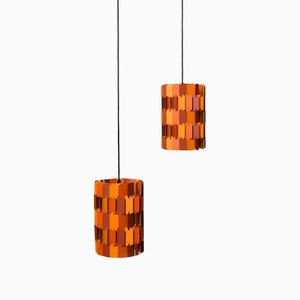
Born in 1932, Danish architect-designer Louis Weisdorf graduated from the Royal Danish Academy of Fine Art in Copenhagen in 1954. Although his career has been long and multifaceted—his projects have spanned graphic, furniture, and interior design—he’s best known for the iconic lighting designs he created for Lyfa in the 1960s and ’70s.
In the years following school, Weisdorf worked for a number of high-profile Danish designers, including Poul Henningsen and Verner Panton. In 1961, Simon Henningsen (son of Poul) hired Weisdorf to assist him in overseeing the development and management of Copenhagen’s famous Tivoli Gardens, where Henningsen installed a number of artistic light fixtures, both indoors and out. Weisdorf held this position for a decade. Around 1965, he launched his own design studio, sharing a space with Ole Panton , brother of Verner.
Some of the most beloved lighting designs that Weisdorf put into production with Lyfa include the Konkylie Hanging Lamp (1963), Facet Pendant (1963), Turbo Pendant (1965-67), Facet Pop Pendant (1970), Ekko Pendant (1966-68), and Multi-Lite Collection (1972-74). Because Weisdorf’s designs tended to involved intricate, overlapping layers of metal or plastic—an eye-catching composition for reducing glare—Lyfa sold his work as “prestige lighting.” Consequently these pieces were not produced in very large quantities, and they went out of production when Fog & Mørup acquired Lyfa in the 1970s.


